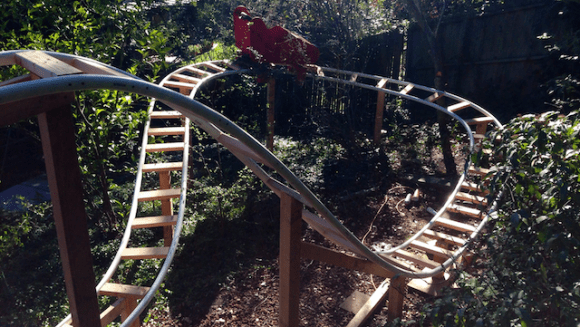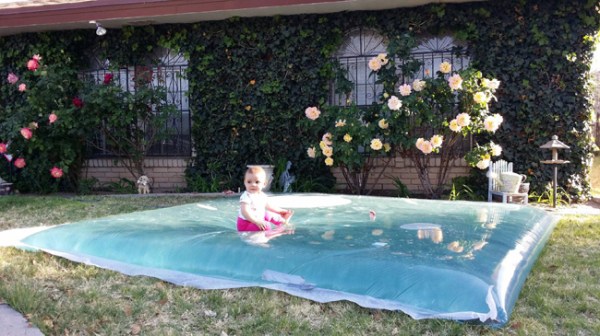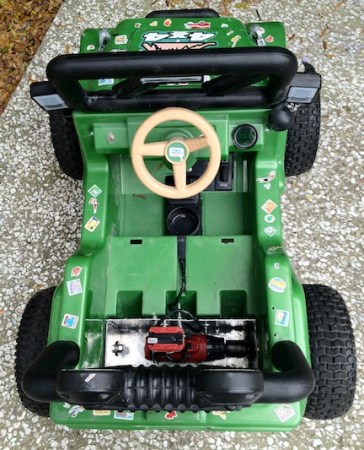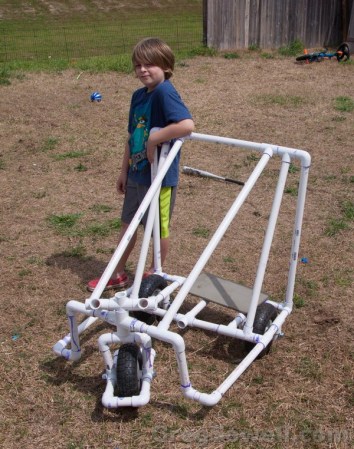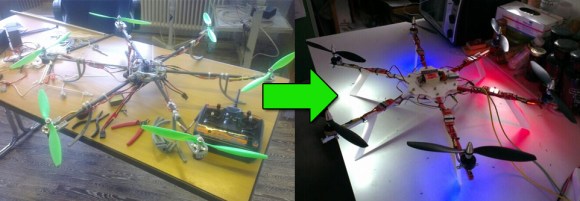
Remember all those fun plug and play consoles they used to make? Usually just one offs with a few games here and there, typically designed to get poor old grandmothers to try buying them instead of the official Nintendo or SEGA systems for their grandchildren…
Anyway, some of the games were actually pretty good! But who wants to store a system for every individual game? [Sharon] decided to make the ultimate portable console — and jammed every plug and play console… into cartridges for safe keeping!
Wait what? [Sharon] took 12 of the plug and play consoles, hacked them to pieces, and managed to stuff the guts into custom game cartridges she made herself. She then made the HandyPNP, a “base console” with buttons and controls, video output and an LCD screen. She meticulously mapped out every consoles’ controls, and wired them accordingly, so when you plug the cartridge into the HandyPNP, it’s like your playing the original system.
It’s probably one of the most impressive handheld console hacks we’ve seen in a while, just considering the amount of work required to convert one console, let alone 12, to a standard connection for the HandyPNP to communicate with. Stick around after the break to hear [Sharon] explain the project herself!
Continue reading “Plug And Play Portable Console Saves Space So You Don’t Have To!”


